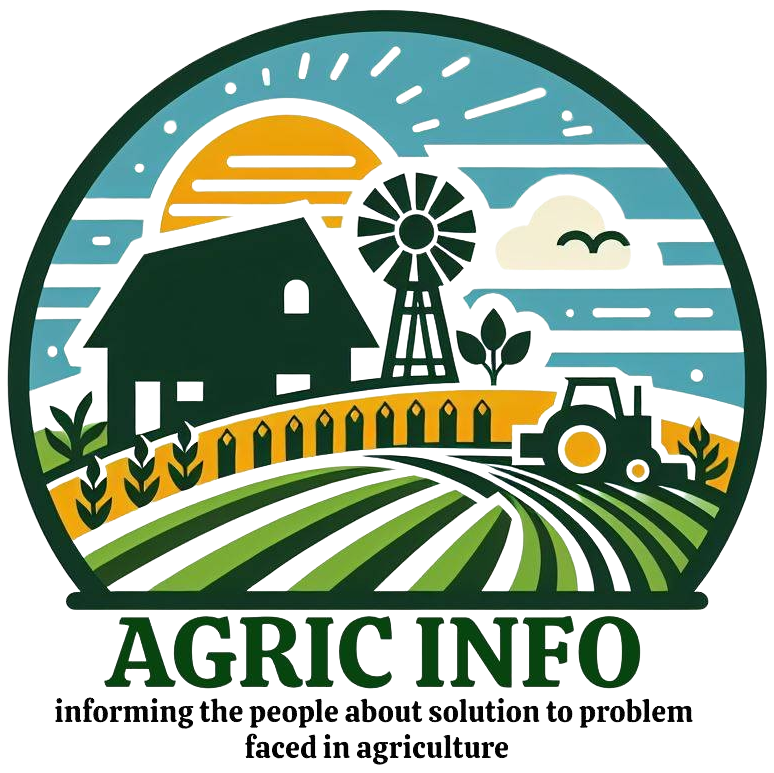Anatomy And Physiology of Farm Animals: Powerful Guide for 2024
The anatomy and physiology of farm animals play a vital role in understanding their structure, function, and overall health.
Studying these aspects helps farmers, veterinarians, and animal scientists gain insights into the inner workings of farm animals, enabling them to provide better care, improve breeding programs, and enhance overall productivity.
In this article, we will look at the importance of studying the anatomy and physiology of farm animals and the benefits it brings to the agricultural industry.
Before then,
Check out How to Start a Rabbit Farm
What are the anatomy and physiology of farm animals?
Anatomy refers to the study of the structure and organization of the body, including the arrangement of organs, tissues, and cells.
Physiology, on the other hand, focuses on the functions and processes that occur within the body, such as digestion, respiration, and reproduction.
When applied to farm animals, anatomy and physiology have unique characteristics and biological processes specific to these animals, including their skeletal system, muscular system, nervous system, cardiovascular system, and more.
Importance of anatomy and physiology of farm animals
1. Animal health management:
Understanding the anatomy and physiology of farm animals is important for effective health management.
It allows farmers and veterinarians to identify and diagnose diseases, injuries, and abnormalities, enabling timely treatment and prevention measures
2. Reproduction and breeding:
Knowledge of the reproductive anatomy and physiology of farm animals is also important for successful breeding programs.
It helps improve fertility, manage reproductive disorders, and improve breeding techniques, ultimately leading to better genetic selection and increased productivity
3. Nutrition and feeding:
The anatomy and physiology of the digestive system in farm animals determine their nutritional requirements and feeding strategies.
When you understand how animals process and utilize nutrients, farmers can develop balanced diets, prevent nutritional deficiencies, and maximize feed efficiency
4. Animal welfare:
Studying the anatomy and physiology of farm animals contributes to their overall welfare.
It allows farmers to design appropriate housing, handling, and management practices that promote comfort, minimize stress, and ensure the well-being of the animals
Benefits of studying anatomy and physiology of farm animals
- Improved productivity:
A thorough understanding of the anatomy and physiology of farm animals enables farmers to optimize their management practices, leading to improved productivity.
With tailoring nutrition, breeding, and health programs to the specific needs of the animals, farmers can enhance growth rates, milk production, reproduction, and overall performance
- Disease prevention and control:
Knowledge of the anatomy and physiology of farm animals also helps in preventing and controlling diseases.
Recognizing early signs of illness, implementing biosecurity measures, and practicing proper hygiene can help farmers minimize the risk of disease outbreaks and reduce economic losses
- Enhanced animal welfare:
With a better understanding of the anatomy and physiology of farm animals, farmers can provide appropriate housing, nutrition, and healthcare, ensuring the well-being of the animals.
This leads to improved animal welfare, which is not only ethically important but also contributes to better productivity and quality of animal products.
How Studying the anatomy and physiology of farm animals Has helped the Agricultural Industry
Studying the anatomy and physiology of farm animals helped in improving productivity in the agricultural industry.
Understanding the biological mechanisms and functions of these animals, researchers and farmers have been able to implement various strategies and technologies to enhance productivity and welfare.
Here are some examples of how studying the anatomy and physiology of farm animals has led to improvements in the agricultural industry:
1. Genetic Selection:
Through the study of animal genetics, researchers have identified specific traits and genetic markers associated with desirable characteristics such as increased growth rate, disease resistance, and improved meat or milk production.
This knowledge has allowed farmers to selectively breed animals with these favorable traits, leading to the development of more productive and efficient livestock breeds
2. Nutritional Optimization:
Also, understanding the digestive system and nutrient requirements of farm animals has helped farmers to develop more precise and balanced diets.
This helps to formulate diets that meet the specific nutritional needs of animals at different stages of growth and production that farmers can optimize for feed efficiency, promote healthy growth, and maximize productivity
3. Disease Prevention and Management:
Studying the immune system and disease susceptibility of farm animals has helped in the development of vaccines, diagnostic tools, and management strategies to prevent and control diseases.
Identifying the anatomical and physiological factors that contribute to disease susceptibility can help implement targeted vaccination programs, biosecurity measures, and appropriate treatment protocols, reducing the impact of diseases on animal health and productivity
4. Reproductive Technologies:
In addition, understanding the reproductive anatomy and physiology of farm animals has led to the development of various reproductive technologies.
Artificial insemination, embryo transfer, and in vitro fertilization techniques have allowed farmers to improve breeding efficiency, genetic diversity, and the production of superior offspring.
These technologies have significantly enhanced the productivity and genetic potential of livestock
5. Environmental Adaptation:
Finally, Studying the physiological responses of farm animals to different environmental conditions has helped farmers optimize housing, ventilation, and management practices.
Knowing how animals regulate their body temperature, cope with heat stress, and adapt to different climates, can help create more comfortable and suitable environments for their livestock, leading to improved productivity and welfare
You may also How to Start Fish Farming on a Small Scale
Wrap up
Studying the anatomy and physiology of farm animals is important for the agricultural industry.
It enables farmers, veterinarians, and animal scientists to better understand the structure, function, and health of farm animals.
With this knowledge, they can improve animal welfare, enhance productivity, prevent diseases, and optimize breeding programs.
Finally, understanding the anatomy and physiology of farm animals is important for sustainable and efficient farming practices.
We hope this article has helped understand the anatomy and physiology of farm animals
If you have any further questions or need additional guidance, feel free to leave a comment below
Thank you for reading.


